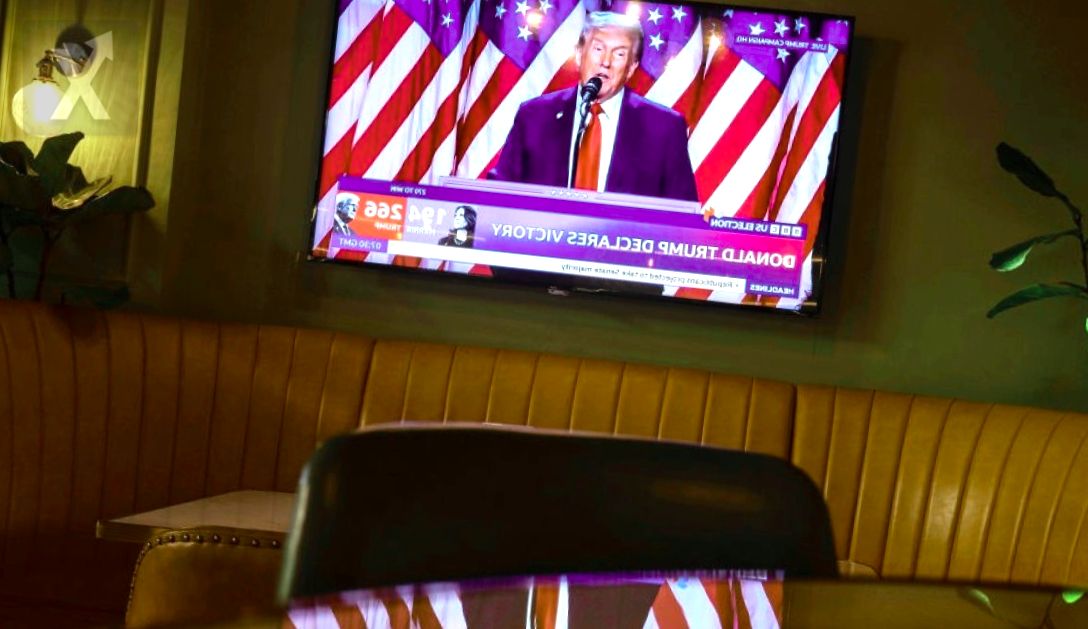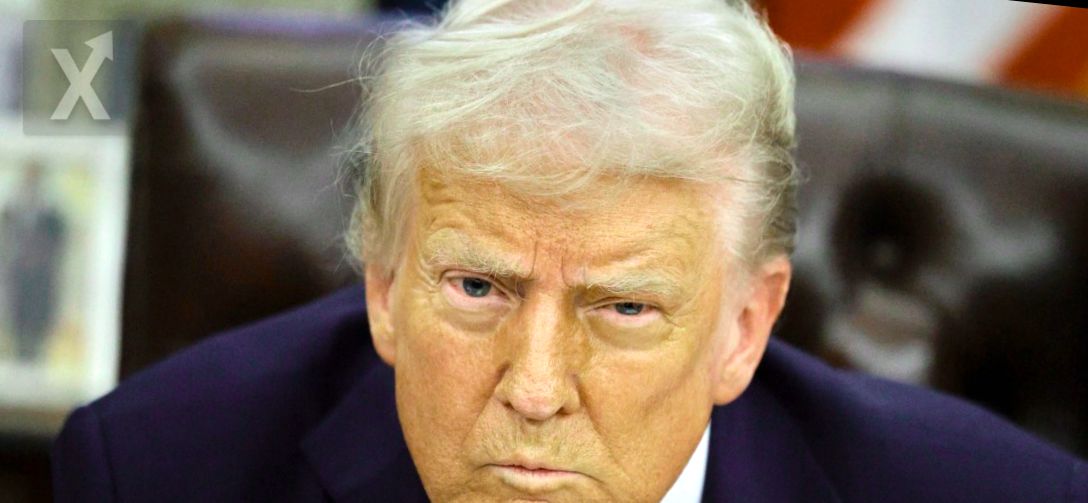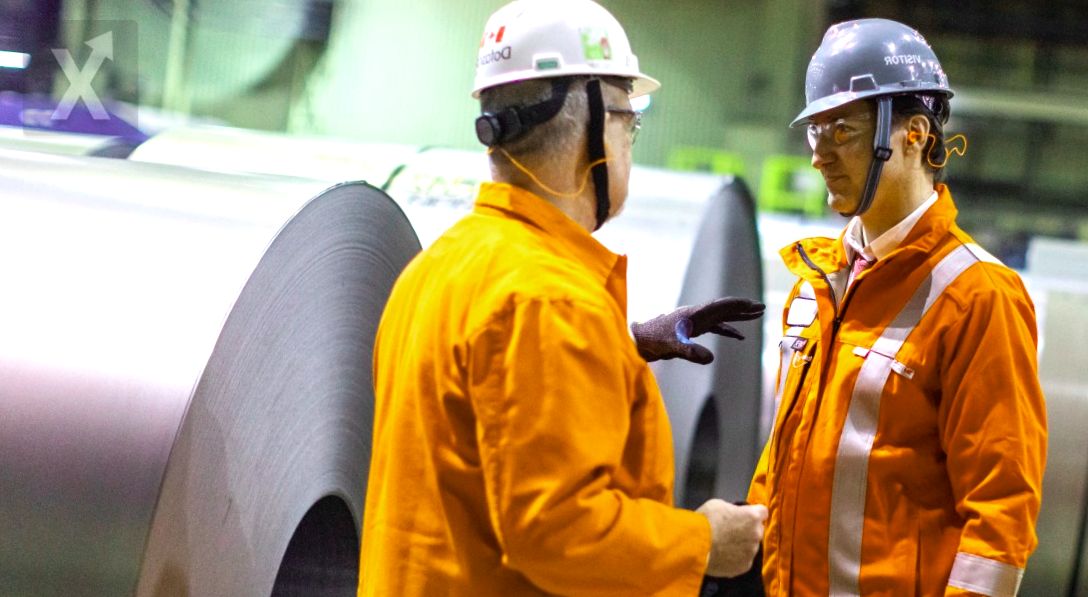The Economic Strategy of Trump: High Tariffs and Lower Direct Taxes

(WASHINGTON) - The return of Donald Trump to the White House could be seen as good news for taxpayers in the United States. However, there is a danger that trade wars with powers like China and the European Union could reignite. Below are the key points that the new president has in mind for his economic approach.
Is another trade war on the horizon? Tax cuts to balanceOn economic issues, Trump has one policy in mind: he plans to increase tariffs on imports by 10% to 20% for most products entering the U.S., and up to 60% for those coming from China, and even 200% for certain items. His intention is to boost tax revenue and use it as a bargaining chip against countries that, according to him, are harming the United States. "China is wrecking the American economy," he has repeatedly stated during his campaign. Researcher Kimberly Clausing from PIIE notes that Trump "has never hidden his appreciation for tariffs as a political tool," suggesting he should apply them broadly. However, the impact on the economy could be detrimental, as these tariffs might generate an annual increase of $525 billion in taxes for Americans and reduce GDP by 0.8 percentage points, potentially resulting in the loss of 684,000 jobs, according to studies by the Tax Foundation. Trump has maintained that his plan will be implemented in two phases: first, a tax cut to offset the impact of tariffs at no cost to taxpayers. He aims to extend the tax cuts he introduced during his first term in 2017, including the middle class this time. However, the customs revenue will only partially offset the tax exemptions, increasing the U.S. debt by about $15 billion, according to the Committee for a Responsible Federal Budget (CRFB). To counter this, severe reductions in public spending are anticipated, a task that may fall to billionaire Elon Musk, who claims he can save billions annually. These policies could harm the most vulnerable, warns Margot Crandall-Hollick, a research associate at the Urban-Brookings Tax Policy Center, who asserts that a "Trump presidency will offer few or no advantages for low-income individuals."
Surge in oil and gas: Putting the Federal Reserve in focusAnother significant measure expected is a substantial increase in fossil fuel production, allowing the sector to explore new reserves. This would mark the end of incentives for renewable energy and ease the regulations that limit the expansion of the oil and gas industry. However, several analysts indicate that this deregulation will not necessarily lead to a significant increase in production and does not imply that renewable energies will weaken, especially in Republican states like Texas, which are major investors in this sector. On the other hand, Trump's view of the independence of the Federal Reserve (Fed) is unconvincing to him, as he desires to have a say in monetary policy and has not hidden his frustration about it. "I've always done well in my business; in many cases, I have a better instinct than those at the Federal Reserve," he commented in August. Trump has repeatedly criticized the Fed for acting to please the Democrats, questioning the effectiveness of the institution's chairman, Jerome Powell, although he has stated that he will allow him to complete his term until 2026.
Final comment: Implementing an economic policy that increases tariffs and reduces taxes may create uncertainty in the markets and affect small and medium-sized businesses that rely on importing supplies. It is important to consider fiscal balance and seek measures that strengthen the local economy without harming the most vulnerable in the process. Long-term sustainability should be a priority to avoid a scenario of economic crisis.





